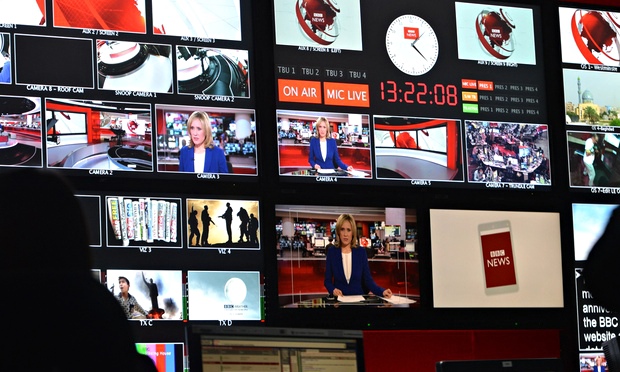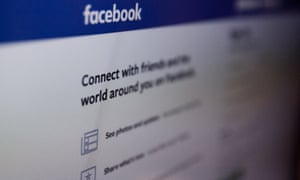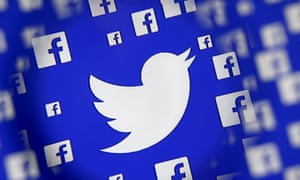- How did the language and selection of images in the coverage create a particular representation of young people?
This article presents youths with their dominate ideology of them being reckless and criminals. This article says they are a "civil disturbance" suggesting that they were looked upon by the public as a burden something they can do well without. You can also infer that they were not worthy to be part of the community as they cause so much trouble presenting them as the "devil".
- Why does David Buckingham mention Owen Jones and his work Chavs: the demonisation of the working class?
Jones points to the emergence of a new form of class contempt in modern Britain. According to him, the working class, have become an object of fear and ridicule, not just in this kind of media coverage but also in popular figures such as Little Britain’s Vicky P
- What is the typical representation of young people – and teenage boys in particular? What did the 2005 IPSOS/MORI survey find?
The typical representation of young people today are negative on most occasions. They are portrayed as destructive and irritating. In particular teenage boys are the ones who are represented as the most destructive. This is because they are stereotyped in a very negative way in society and are usually the ones who are unmanageable and wild. In addition, the 2005 IPSOS/MORI survey found that 40% of newspaper articles featuring young people focused on violence, crime or anti-social behaviour; and that 71% could be described as having a negative tone.
- How can Stanley Cohen’s work on Moral Panic be linked to the coverage of the riots?
A condition, episode, person or group of persons emerges to become defined as a threat to societal values and interests; its nature is presented in a stylized and stereotypical fashion by the mass media; the moral barricades are manned by editors, bishops, politicians and other right-thinking people; socially accredited experts pronounce their diagnoses and solutions; ways of coping are evolved or (more often) resorted to; the condition then disappears, submerges or deteriorates and becomes more visible. His work on moral panics can link to the coverage of the riots as it creates agitation and fear within people, when people go against society's norms and cause damage everywhere.
- What elements of the media and popular culture were blamed for the riots?
Mark Duggan
The relationship between the police and the black community
Social networking sites
University fees
Unemployment
- How was social media blamed for the riots? What was interesting about the discussion of social media when compared to the Arab Spring in 2011?
The rioters were seen as somehow skilful enough to co-ordinate their actions by using Facebook, Blackberry and Twitter. The Sun, for example, reported that ‘THUGS used social network Twitter to orchestrate the Tottenham violence and incite others to join in as they sent messages urging: ‘Roll up and loot’. The ‘Arab spring’ earlier this year were discussions about the use of social networking in the revolutions that took place in countries such as Tunisia, Egypt and Syria – although in those instances, this was generally interpreted by the Western media as a positive. These observations in turn caused some – such as Tottenham MP David Lammy – to call for companies like Blackberry to suspend their services. Some even argued – quite absurdly – that the police might be empowered to ‘turn off the internet’ at the first sign of trouble.
- What were the right-wing responses to the causes of the riots?
Max Hastings of the daily mail headed, ‘Years of liberal dogma have spawned a generation of amoral, uneducated, unparented, welfare dependent, brutalised youngsters’.
For some right-wing commentators, it is parents who are principally to blame for this situation; while others, such as Katharine Birbalsingh, blame schools for failing to instil discipline and respect for authority – especially, according to her, in black children. For some, this failure even extends to the police – as for one Daily Telegraph letter writer, who argued that the riots were ‘a result of the police caring more for community relations than for the rule of law’. Framing the issue in this way, as a failure of discipline, thus inevitably leads to a call for disciplinary responses.
What are your OWN views on the main causes of the riots?
- What were the left-wing responses to the causes of the riots?
They argue that it was unsurprising that of the disturbances erupted in areas with high levels of poverty and deprivation – and, they point out, it was tragic that these communities also bore the brunt of the damage. More specifically, they point to the cuts in youth services (Haringey, the borough in which Tottenham is located, recently closed 8 of its 13 youth clubs), rising youth unemployment (which is now over 20% in the 18-25 age group) and the removal of the Education Maintenance Allowance.
- How can capitalism be blamed for the riots? What media theory (from our new/digital media unit) can this be linked to?
Capitalism can be blamed for the riots as they have too much control in society, which can cause members of the public to rebel. For example, laws made by the capital may only be beneficial for the ruling class rather than the working class. This can cause chaos in society as the working class will not agree to these laws resulting in riots/protests to stop them from occurring. Also, Andrew Keen states that 'blogs and web pages are like a million of monkeys typing nonsense'. Suggesting that people may make up inaccurate and false information and upload it online such as faking a law which no one will agree with, causing others to join the raging crowd. Due to new and digital media, members of the public are able to send messages, pictures etc to friends and tell them about what is happening and persuade them to join the riots. This would eventually go round to the majority of the public creating a huge riot.
- Were people involved in the riots given a voice in the media to explain their participation?
Riots are sometimes sparked by specific events, but in other cases they appear to be almost arbitrary and spontaneous.Riots may well have deep-seated social causes; but there is often an emotional element– even a kind of adrenaline rush. There may be a copycat effect (which is similar to Cohen’s idea of ‘deviance amplification’): people may respond to rumours or media coverage of riots in other areas by seeking to ‘make their mark’ in the media. There may also be an element of opportunism, as people take the chance to indulge in behaviour that would normally be taboo.
- What is your own opinion on the riots? Do you have sympathy with those involved or do you believe strong prison sentences are the right approach to prevent such events happening in future.
In my opinion, i do sympathize with the riots. However, some younger In the Guardian website's investigation into the causes of the riots, they did interview rioters themselves. Read this Guardian article from their Reading tIn the Guardian website's investigation into the causes of the riots, they did interview rioters themselves. Read this Guardian article from their Reading tIn the Guardian website's investigation into the causes of the riots, they did interview rioters themselves. Read this Guardian article from their Reading tIn the Guardian website's investigation into the causes of the riots, they did interview rioters themselves.










